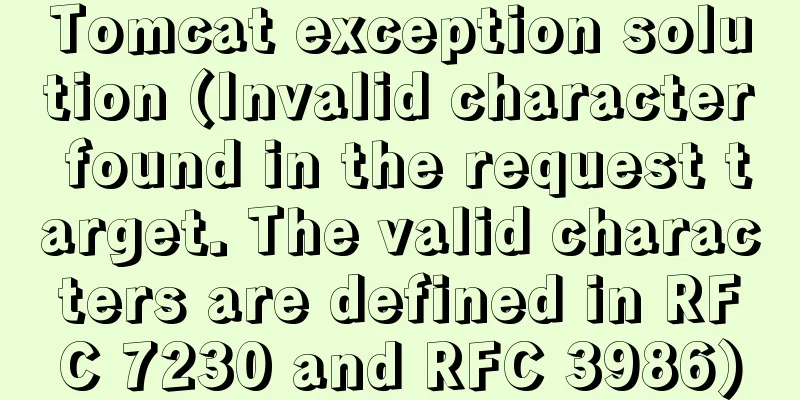Markup validation for doctype

|
But recently I found that using this method will cause problems, see the code: Copy code The code is as follows:<!DOCTYPE HTML> <html> <head> <title>test page</title> </head> <body> <p><div>a</div></p> </body> </html> If this code is tested with w3c markup validation, it is found that it can pass the validation. Because html5 validation is still in the experimental stage, it does not detect any illegalities. But if you use <!DOCTYPE html PUBLIC "-//W3C//DTD XHTML 1.1 Strict//EN" "http://www.w3.org/TR/xhtml1/DTD/xhtml1-strict.dtd">, you will find that it does not validate. The reason is that the p tag is special and cannot contain the block tag. It seems that using some experimental features too early may also cause problems. To be on the safe side, it is recommended to use <!DOCTYPE html PUBLIC "-//W3C//DTD XHTML 1.1 Strict//EN" "http://www.w3.org/TR/xhtml1/DTD/xhtml1-strict.dtd">. |
<<: Detailed explanation of four solutions for implementing in-line scrolling on mobile devices
>>: CSS -webkit-box-orient: vertical property lost after compilation
Recommend
Vue uses WebSocket to simulate the chat function
The effect shows that two browsers simulate each ...
Pure CSS and Flutter realize breathing light effect respectively (example code)
Last time, a very studious fan asked if it was po...
Common usage of hook in react
Table of contents 1. What is a hook? 2. Why does ...
Vue parent-child component mutual value transfer and call
Table of contents 1. Parent passes value to child...
Vue implements setting multiple countdowns at the same time
This article example shares the specific code of ...
How to configure MySQL master-slave synchronization in Ubuntu 16.04
Preparation 1. The master and slave database vers...
MySQL 8.0.16 winx64 installation and configuration method graphic tutorial under win10
This article records the specific method of insta...
Example code for configuring monitoring items and aggregated graphics in Zabbix
1. Install Zabbix Agent to monitor the local mach...
How to use squid to build a proxy server for http and https
When we introduced nginx, we also used nginx to s...
How to solve the problem of not getting form value after submitting html form input using disabled
After the form input box input is set to the disa...
Detailed explanation of ssh password-free login configuration method (pictures and commands)
First, let me explain that what we want to do is ...
Detailed explanation of ECharts mouse event processing method
An event is an action performed by the user or th...
Writing tab effects with JS
This article example shares the specific code for...
Vue implements countdown between specified dates
This article example shares the specific code of ...









